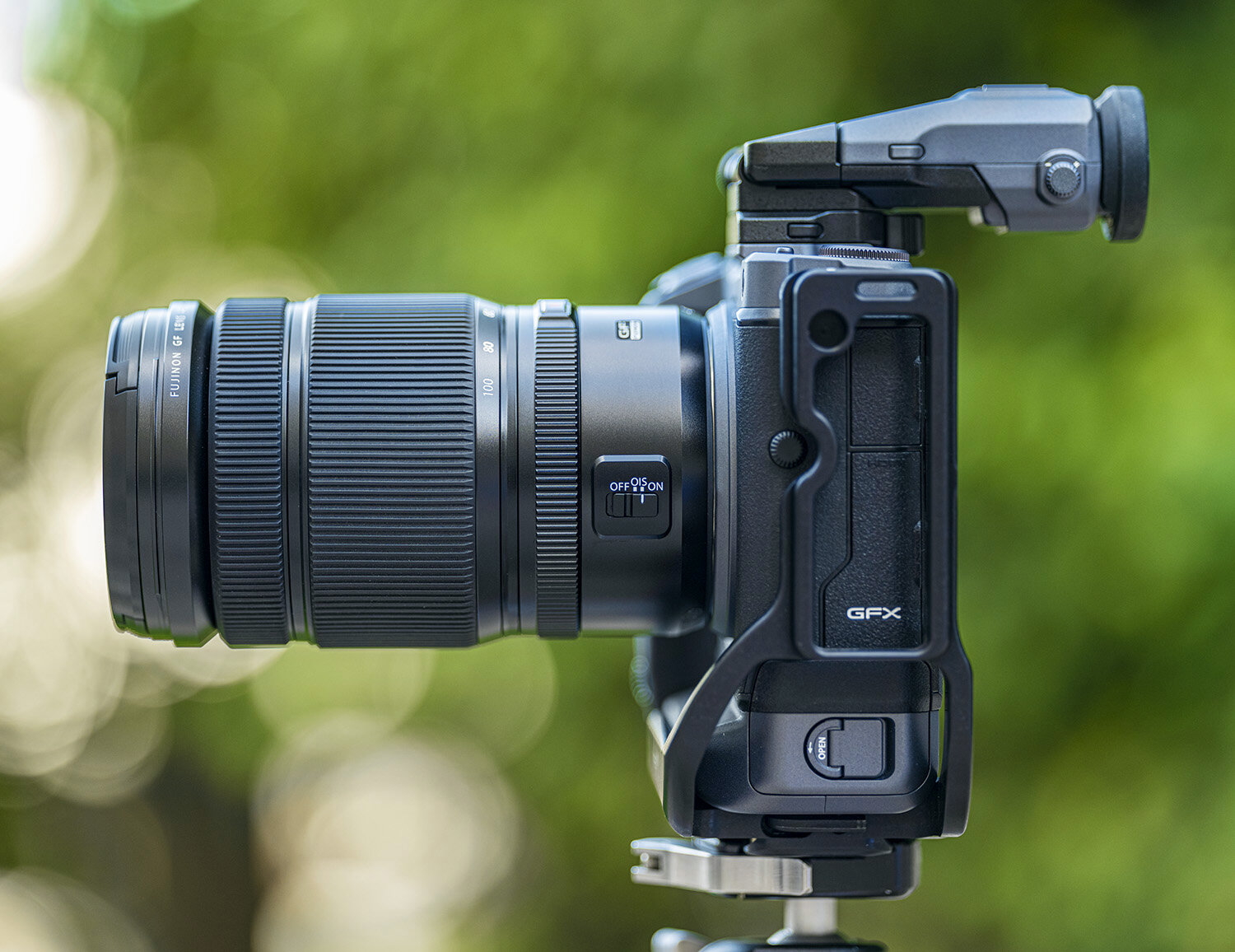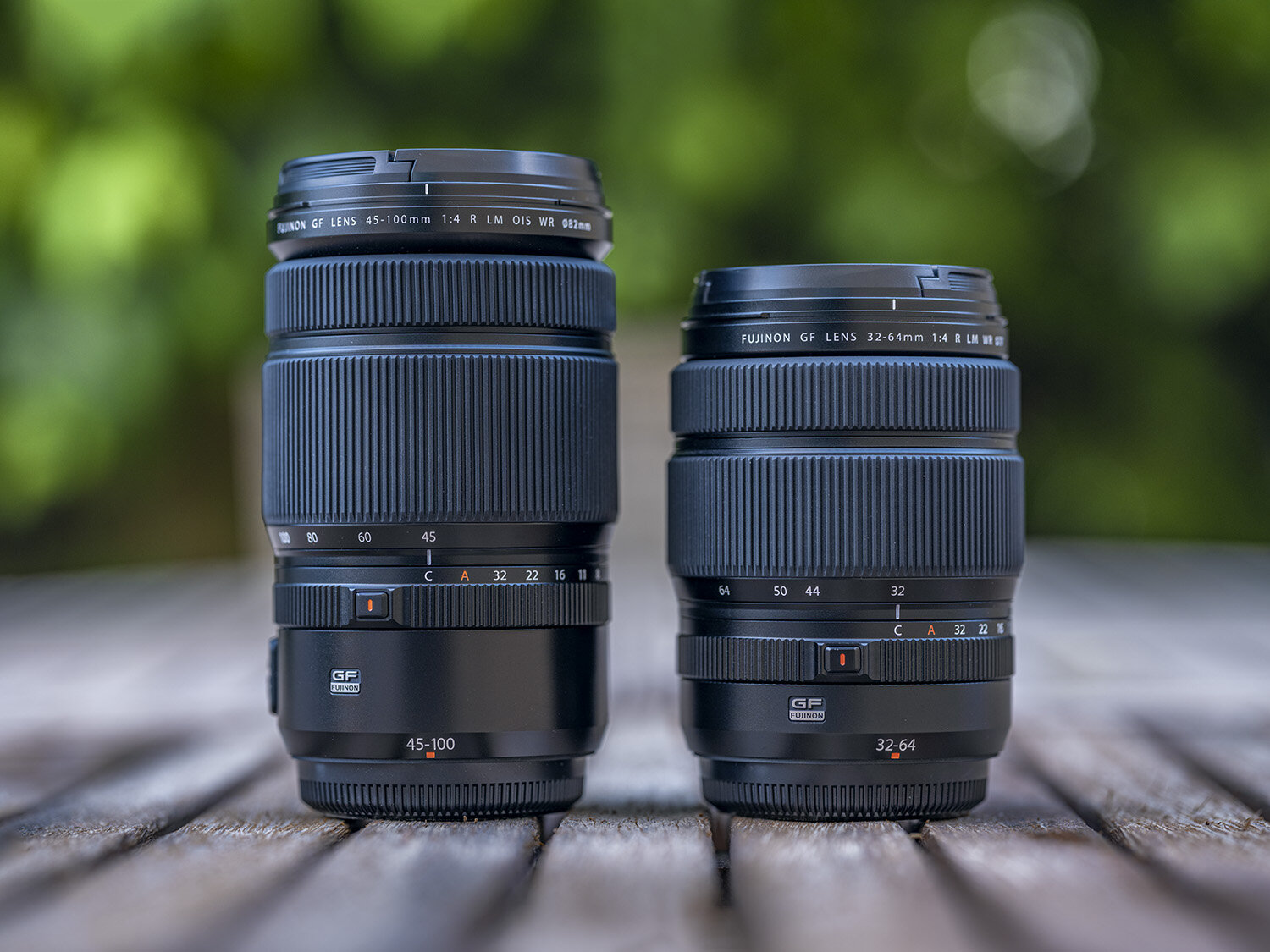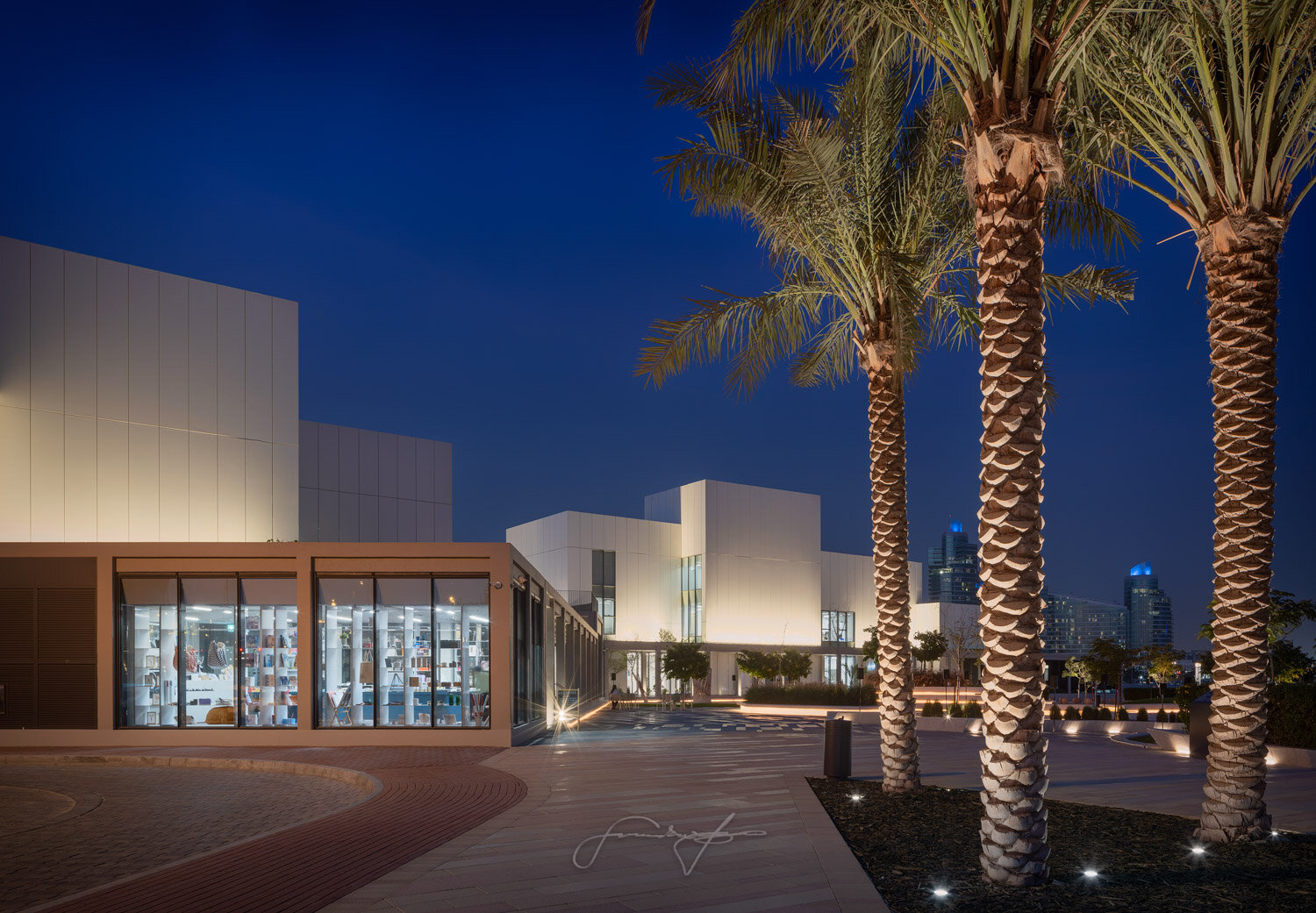FUJINON GF 45-100mm f/4
This isn’t going to be a pixel-peeping test with sterile lens charts and technical diagrams. If you came to find such data here, you may be disappointed; I’m sure that there are plenty of sites which provide such information.
I used the lens on a real architectural shoot with my usual workflow and no “special circumstances”. I had a good look at the images it captures. I was testing the aspects of this lens which are relevant to my work, nothing more, nothing less and I’m happy to report that I was not disappointed. Quite the opposite. So let’s get right into it.
First of all, it’s important to say that I used a demo copy of the new Fujinon GF 45-100 f/4 for the Fujifilm GFX system, not the retail one. This is important to emphasize as the final product may change in some minor ways, optically, mechanically, electronically and firmware-wise as well. Those changes may affect how the lens handles, behaves and quite possibly, the image quality as well.
A focal range between 64 to 100mm, (a 35mm full frame equivalent of 50-78mm), was not covered in the existing lineup of lenses for the GFX system, hence, it was sorely needed. Till now, I’ve always relied on the excellent and very useful GF 32-64 f/4 lens which covered medium-wide up to “normal” focal lengths. But beyond 64mm, there wasn’t any focal length for the GFX system, all the way up to 100mm where multiple excellent lenses await: GF 110mm f/2, GF 120 f/4 and GF 100-200mm f5.6 and the awesome GF 250mm lens.
The new Fujinon GF 45-100mm f/4 lens closes the missing gap in the middle range of the focal lengths. Fujifilm GFX customers can now finally enjoy any focal length starting from 23mm, all the way up to 250mm. Not bad for a medium format system!!
Perfect balance between GFX100 body and the lens
How does this lens look and feel? As good as you’d expect from a top-end Fujinon GF lens. It oozes of quality. This product was obviously built to last and be used as a daily workhorse of a working pro shooter. Construction feels superb, precise, luxurious, but not delicate, with a semi-lustrous finish. There’s no creaking or wobble of any kind. There are 3 rings on the lens. The closest one to the camera is the Aperture ring which may be interesting and even useful to old-school shooters who prefer to change the iris the old fashioned way. If this ring is set to “C” position, Aperture is controlled on the camera with a jog dial, just like on any other pro digital camera.
You can tell even from a picture that this is a finely crafted, high-end product.
The big ring in the center is for zooming the lens and the last one is for manual focus control. All the rings are rubberized with crisply cut grooves, so the grip won’t be an issue even with sweaty hands. I need to say that the zoom ring required significantly more force to turn than I expected, but it wasn’t an issue. Maybe the zoom ring will feel smoother on the retail version, but I doubt it. The movement of any ring feels very precise, like you’d expect on a high-end lens. Focusing is internal, so there’s obviously no rotation of the front element which only moves back and forth during zooming action. Expect the lens to be considerably extended at zoom set to 100mm. I actually liked the extra wide zoom ring which is used most of the time, so your fingers don’t turn the wrong one when you’re looking through the viewfinder.
The weight of the lens matches expectations, at least in my hands. It feels hefty but in a good way, with a solid metal construction. You know instantly it’s premium gear you’re holding. The lens is slightly longer than GF 32-64mm but it fits upright in my camera bag without issues. Mounted on the GFX100, the lens feels well balanced and doesn’t call for attention to itself. It’s an effortless piece of kit, if you know what I mean.
The “WR” on the lens stands for Weather Resistance, so you don’t have to worry about water or sand entering the enclosure. It’s the hallmark of a pro-level gear.
I shoot architecture and time-lapses, so I use filters a lot, especially ND filters and Circular Polarizers. The GF 45-100 has an 82mm filter thread which is my favourite one because most, if not all 100mm filter systems, use an 82mm filter adapter ring. This is very convenient on location, because I really dislike fiddling with annoying step-up and step-down rings in order to mount the filter adapter ring.
This lens has its own, 5-Stop optical stabilization which works alongside GFX100’s own IBIS. The lens’ OIS takes care of high frequency jitter and vibrations, while the IBIS is left with the job of smoothing lower frequency vibrations. It’s a team work of two stabilization systems and it’s very effective.
The switch for optical stabilization is found on the lens barrel, while the IBIS needs to be activated within GFX100’ menus.
Optical Image Stabilization switch of the Fujinion 45-100mm f/4 lens
I didn’t measure the amount of light I was able to compensate with the OIS+IBIS, but I can tell you this; I took hundreds of shots with this lens in very low light conditions, at all focal lengths, always at ISO 100, at dusk and without a tripod. A very large majority of my shots turned out razor sharp, while the autofocus system barely ever missed the mark. I was impressed.
Image quality; the picture quality this lens produces is close to perfection, if not flawless. Adobe Photoshop’s built-in lens profile (CC 2020) was detected correctly during the RAW file import and the lens corrections don’t need to be enabled - they are already activated. I couldn’t see any barrel distortion, even on a building which I used as a test grid. There was no chromatic aberration whatsoever, or edge bleeding. The vignette was close to non-existent. The image brightness and contrast were uniform across the frame, so were the colour contrast and sharpness, especially at commonly used architectural photography apertures, between f8.0 and f11. At wide apertures, bokeh was creamy smooth, though your depth-of-field will never be extremely shallow, because this is an f/4 lens after all.
I tried shooting a stitched panorama with 3 separate exposures which is a very good test of brightness uniformity for any lens and again, I got a perfect result on my first try. It’s a stellar performer.
The bottom line; I’m very happy with this zoom lens. It’s focal range is extremely useful. It’s not heavy, not bulky, has a built-in optical image stabilization, is superbly made using the finest materials. It’s also weather sealed so you’ll be able to use it in any location on any day and most importantly, it outputs top-notch images. Next to GF 32-64 lens, the GF45-100 should, in my opinion, be in the bag of any GFX owner.
Full disclosure - I’m not getting paid to review the product nor was I asked to write this review. But I figured many GFX owners will want to know how well this lens looks, feels and performs. I owe a lot of my own success as a photographer to those good people who shared their experience and wisdom online, so it’s only right to give a bit of my own back to the community.
About the subject of my shoot (sourced from Archdaily / Serie Architects):
Designed as a 10,000-square-metre, three-storey, multi-disciplinary space by UK-based Serie Architects, Jameel Arts Centre is the first non-governmental contemporary arts institution of its kind in the Gulf.
The kunsthalle-inspired complex includes more than 1,000 square metres of dedicated gallery space, plus a 300-square-metre open-access research centre; events and screening spaces; a roof terrace; a restaurant; and a book and design shop. The Centre’s adaptable spaces reflect Art Jameel’s commitment to diverse programming across mediums and nurturing artist careers, as the galleries are deliberately designed in a variety of sizes and volumetric proportions to allow a flexible range of settings for exhibitions, site-specific installations and new commissions.
Awarded to Serie Architects in 2014 through an international invitational competition, the design of Jameel Arts Centre was initially conceived of as a family of forms bounded by a low colonnade. Inspiration for the building’s massing and spatiality draws from two regional architectural traditions on both intimate and community-wide scales: the early Emirati Sha’abi houses that featured a series of rooms circling a courtyard, and the Madinat style of city planning characterised by an accumulation of houses with courtyards. Through a repeated juxtaposition of geometric forms and gardens, the Centre’s design fragments and tessellates the courtyard, continually layering a relationship between inside and outside, art and nature.
I’ve chosen Jameel Arts Centre as a test subject for this lens for a good reason. It’s got many large, uncomplicated, plain white surfaces composed of cubic volumes, clad with aluminium panels. Those grid patterns and the abundance of straight edges are fantastic for testing a lens’ performance in terms of distortion, uniformity of brightness across the frame, center and corner sharpness, resolving power, colour contrast and chromatic aberration.
Aside from technical pre-qualifications of the Jameel Arts Centre as a test subject, I really enjoyed its exterior architecture and lighting design, interior spaces and the featured exhibits. Unlike your average landscaped garden, the outdoor landscape of Jameel Art Centre is a zen-like creation made out of concrete, sandstone and carefully selected vegetation.
The elaborate music system which is interspersed throughout the garden plays a hypnotic music composition by an acclaimed Pakistani music composer and producer, Hassan Khan. It’s a mesmerizing piece of work composed for the Jameel Arts Centre and it transforms the entire site into a cohesive spiritual experience.
Special thanks to the management to Jameel Arts Centre for the kind invitation!
Images were processed with Lightroom Classic, Photoshop CC 2020, NIK Collection and Lumenzia, a brilliant plugin for sophisticated luminosity masking and much, much more.
I work on a Windows 10 powered Workstation and use Wacom tablets.
Hope you enjoyed this blog. Please subscribe to my mailing list so you don’t miss my new post and to keep track of my upcoming photography and time-lapse cinematography workshop!




















